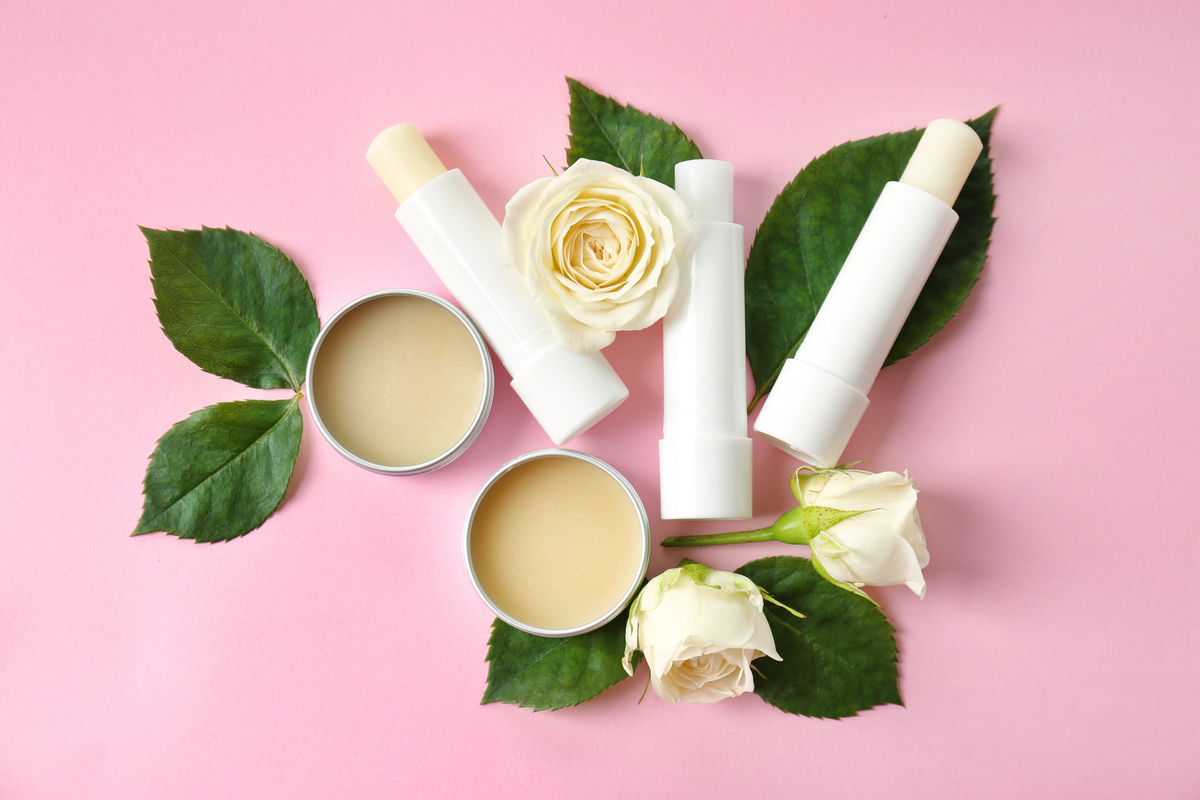Dermablading is the latest TikTok beauty trend. But if a cosmetic treatment that involves a scalpel removing your skin has left you with many burning questions, you’ve come to the right place!
Read on to find out why dermablading is the next best beauty routine to improve your complexion while banishing the peach fuzz from your face.
What is dermablading?
Dermablading, also called Dermaplaning or a dermablading facial in some circles, is a beauty procedure that gently removes the dead skin cells and fine hair (‘peach fuzz’) from your face.
Using a scalpel or dermablading tool, known as a dermatome, a trained dermatologist or aesthetician will carefully scrape away the top layers of your skin.
While this might sound dangerous, dermablading is a safe and pain-free procedure.
This exfoliating treatment unclogs pores and prevents the build of bacteria to reduce future breakouts. It will leave you with bright, glowing skin and can help improve the appearance of fine lines and wrinkles.
The benefits of dermablading
While dermablading initially gained popularity due to the hair removal technique involved, this treatment does have many other benefits, including:
- It is minimally invasive.
- It helps exfoliate your skin to remove dirt and fine hair, leaving you with a brighter complexion and silky soft skin.
- It can improve the appearance of fine lines and wrinkles, as well as acne scars.
- It can improve hyperpigmentation or uneven skin tone.
- Your makeup will have a smoother base so you can avoid patchy foundation application.
- Your skincare products will be able to absorb deeper into your skin.
While dermablading is safe with most people experiencing no side effects, it isn’t a suitable option for all skin types.
Some people do experience irritation, soreness and a tingling sensation after the procedure. If your skin is especially sensitive or you have an inflammatory skin condition, like acne or eczema, speak with a specialist before undergoing treatment.

What is the difference between dermablading and microblading
Dermablading and microblading often mistakenly get used interchangeably but these are actually very different cosmetic procedures.
Dermablading is a non-invasive exfoliation treatment for your entire face that uses a scalpel to remove the top layers of your skin to brighten your complexion. While microblading is a semi-permanent form of cosmetic tattooing that focuses solely on your eyebrows to give the appearance of a fuller brow.
Microblading can last one to three years, depending on your lifestyle, while dermablading results typically fade after three to four weeks.
Confused which one you need? If you’re looking to change your eyebrow architecture or shape, then microblading is the beauty treatment for you. If you’d rather remove the dead skin cells and fine ‘peach fuzz’ hair from your face for softer, smoother skin overall, then dermablading is your best option.
How to get a dermablading appointment
Getting a dermablading appointment is very simple!
Search online or use the ClassPass app to find a reputable dermatologist or aesthetician near you. If you’re uncertain which clinic is your best option, check out their reviews to get a feel for the practice. You could also book a consultation, if you have additional questions about the procedure or your skin eligibility.
Before your first appointment, it is a good idea to ring the clinic to find out how to best prepare for your treatment. This way you’ll avoid being disappointed on the day if your skin isn’t dermablading ready.
Typically it is advised to stop using exfoliating products, including chemical treatments like retinol at least two to seven days before dermablading. You should also avoid the sun in the days running up to your appointment, you’ll not be able to have dermablading if you have any sunburn.
You should expect the appointment to take 30-60 minutes. After treatment, most people get dermablading every three to four weeks for consistent results.
How much does dermablading cost
Prices for dermablading will vary depending on where you live and the clinic you visit. However you can expect to pay anything from $50 to $150. Or you can use your credits on the ClassPass app to find great dermablading deals near you.
How to care for your skin after dermablading
Post-dermaplaning care is very simple! You can even head straight back to the office if you’ve nipped out on your lunch break for the treatment.
Just bear in mind that your skin may be more sensitive for the three days immediately after your appointment. You should skip harsh products, heavy makeup and intense sun exposure to avoid irritating your skin.
And remember, always use at least SPF 30 sunscreen to protect your skin from sun damage!
Summary of why dermablading is the next thing to add to your beauty routine
It is no surprise why dermablading is increasing in popularity!
It is a safe, non-invasive treatment for anyone looking to brighten their complexion, improve skin texture, reduce the appearance of fine lines and acne scars, improve makeup application or get rid of unwanted facial hair.
If you want to try dermablading out for yourself, check out clinics available near you on the ClassPass app!





